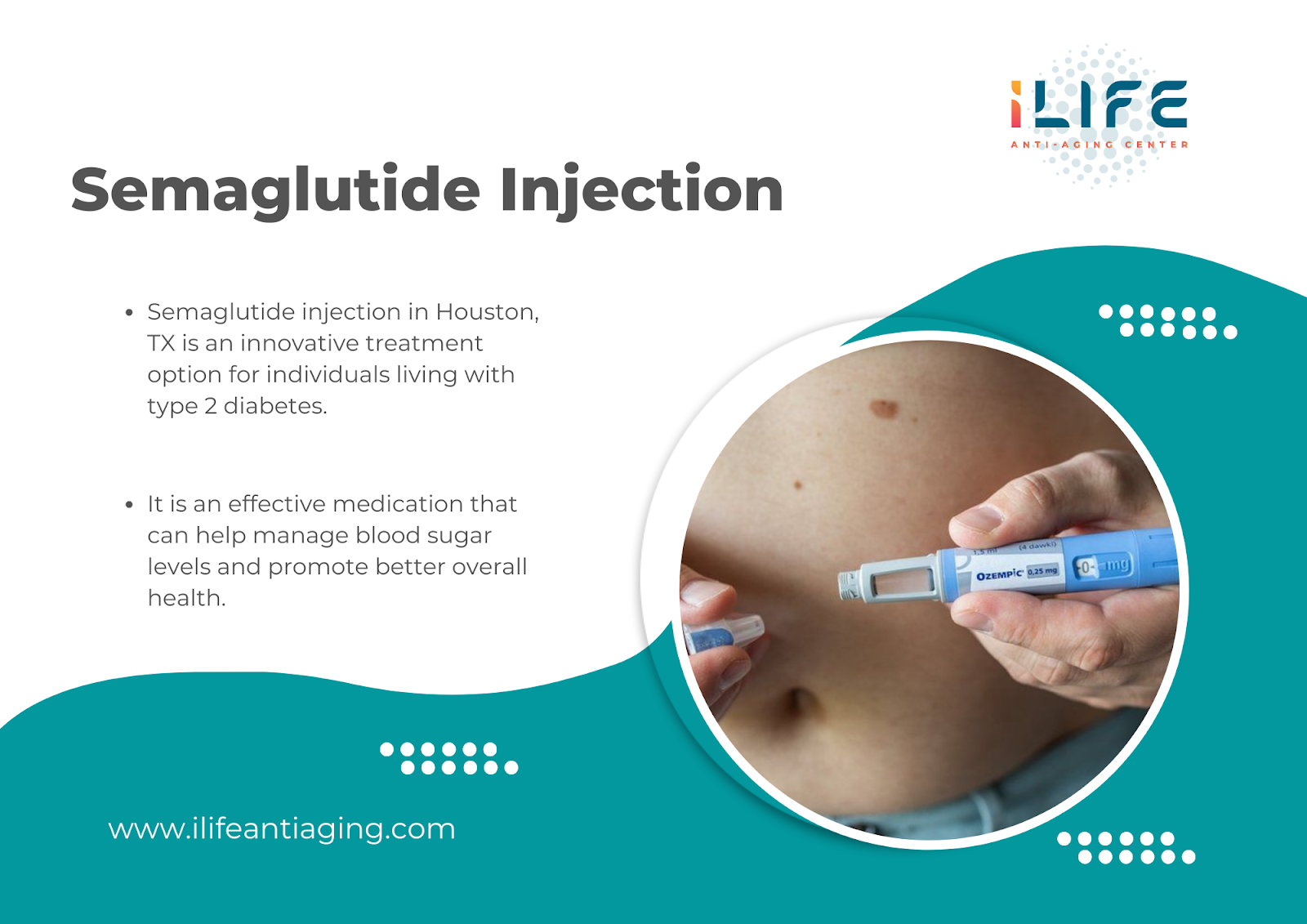Types of Wound Debridement & Why Should You Care – Waco, Tx
How is wound debridement done?

How is wound debridement done?
There are various types of wound debridement and they are done in various ways. How a wound is debride depends on the specific type of debridement that is being done.
Types of Wound Debridement in Waco, Tx
Biological debridement
Biological debridement is a significant types of wound debridement that involves the use of sterile maggots to remove dead or infected tissue from the surface of a wound.
The sterile maggots are placed on a wound to eat up the dead or infected tissue covering the wound. The maggots are placed on a wound and left there for 24 to 72 hours to eat as much dead tissue as possible. The maggots should be replaced twice a week.
Uses
Biological debridement is best used for wounds infected by antibiotic-resistant strains of bacteria. The sterile maggots eat up harmful bacteria and release antibacterial substances that kill the antibiotic-resistant strains of bacteria.
Enzymatic debridement
This is one of the types of wound debridement that involves applying an ointment or gel with enzymes to a wound to soften the dead tissue covering the wound. After the ointment or gel is applied to the wound, the wound is covered with a dressing for some hours to soften the dead tissue.
When the dressing is removed, it pulls off the dead tissue with it from the wound.
Uses
Enzymatic debridement is best used for wounds that have a high risk of bleeding.
Autolytic debridement
This is one of the types of wound debridement that involves using your body’s enzymes and natural fluids to soften the dead tissue covering the surface of your wound. A wound dressing that retains moisture is used to cover the wound for a while to allow moisture accumulates in the wound.
Moisture accumulates in the wound after a while, causing the dead tissue on the wound’s surface to swell up and separate from the wound. The separated dead tissue is then removed from the wound.
Uses
Autolytic debridement is best used for non-infected wounds. Patients with low tolerance to more aggressive forms of debridement usually have autolytic debridement.
Mechanical debridement
This is one of the significant types of wound debridement that involves removing dead and infected tissue from the surface of a wound using a gentle moving force or object.
There are three types of mechanical debridement.
Hydrotherapy
This type of mechanical debridement involves using running water to wash off dead tissue from a wound’s surface. The running water could be from a tap, whirlpool bath, shower, or catheter tube.
Wet-to-dry dressing

Wet-to-dry dressing
This type of mechanical debridement involves applying wet gauze to the wound which is left in place for a while to allow it dry and stick to the wound. After the gauze is dried and stocked to the wound, it is then gently pulled away. As it is pulled away from the wound, it also pulls the dead tissue along with it.
Monofilament debridement pads
This type of mechanical debridement involves using a soft polyester pad to gently brush across the wound to remove the dead tissue from the wound’s surface.
Uses
Mechanical debridement is used for both infected and non-infected wounds with moderate to large amounts of dead tissue.
Surgical sharp debridement
This involves using surgical instruments to cut off the dead tissue from the surface of a wound. Surgical sharp debridement usually requires local or general anesthesia depending on the severity and size of the wound. Local anesthetic prevents you from feeling pain throughout the procedure while general anesthesia makes you unconscious (asleep) throughout the procedure.
Uses
Surgical sharp debridement is used as a last resort when other less-invasive methods of debridement don’t work. It is usually used for large, deep, or very painful wounds.



Comments
Post a Comment